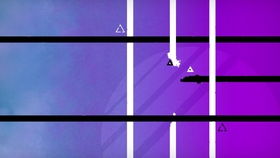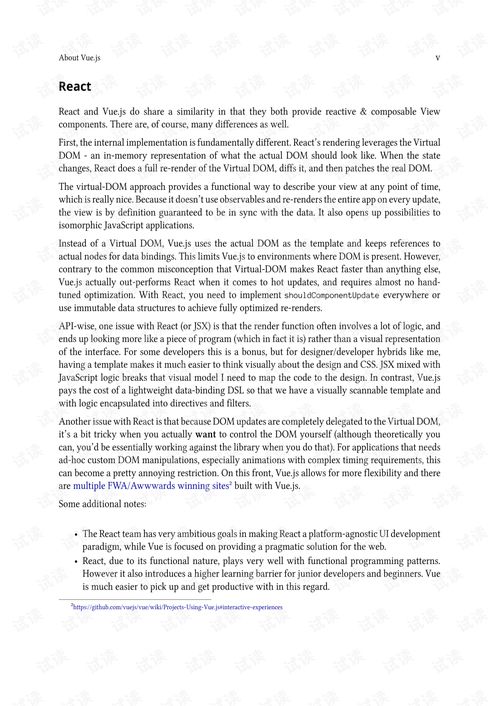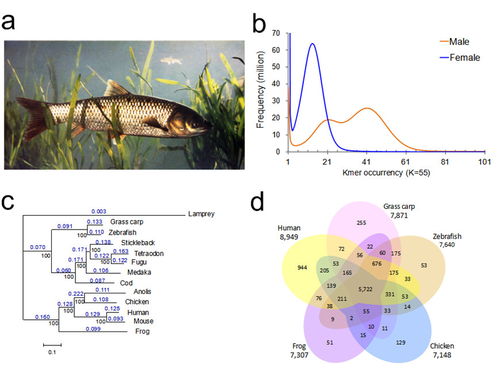Content:
Introduction: Fishing is an ancient and beloved pastime that has been captivating anglers for generations. One of the fundamental skills every fisherman or woman must master is handling fishing line effectively. The right technique not only increases your chances of catching fish but also ensures a more enjoyable and successful fishing experience. In this article, we will delve into the essential steps and tips on how to acquire fishing line techniques that will elevate your fishing game.
Choosing the Right Fishing Line: The first step in mastering fishing line techniques is selecting the appropriate type of line for your fishing environment. Here are some popular types of fishing lines and their uses:
a. Monofilament: This is the most common type of fishing line and is suitable for a variety of fishing conditions. It is flexible, stretchy, and has good knot strength.

b. Fluorocarbon: Known for its invisibility to fish and high abrasion resistance, fluorocarbon line is ideal for clear water and fishing in heavy cover.
c. Braided Line: Braided line is incredibly strong and has minimal stretch, making it excellent for catching large fish and fishing in strong currents.
Measuring and Cutting the Line: Once you have chosen the right type of line, it's important to measure and cut it to the appropriate length. Here's how to do it:
a. Determine the length of line you need based on your fishing spot and the type of fish you're targeting.
b. Use a fishing line spool or a ruler to measure the line accurately.
c. Cut the line using a sharp pair of fishing line cutters or a knife. Be sure to keep the cut ends smooth to prevent fraying.
Attaching the Line to Your Reel: Properly attaching the line to your reel is crucial for smooth operation and reducing the risk of line twists. Follow these steps:
a. Place the line spool on the reel and make sure it is centered.
b. Thread the line through the guides on the reel, starting from the top and working your way down.
c. Secure the line to the spool using the reel's line tensioner or anti-reverse clutch.
d. Trim any excess line and double-check that the line is tensioned properly.
Learning Basic Knots: Knots are the foundation of successful fishing line management. Here are three essential knots to learn:
a. Palomar Knot: This knot is known for its simplicity and strength. It is excellent for connecting the line to lures, hooks, and leaders.
b. Improved Clinch Knot: This knot is versatile and easy to tie, making it a popular choice for attaching hooks and swivels.
c. Uni Knot: Also known as the Grinner Knot, this knot is strong and versatile, suitable for various fishing situations.
Casting Techniques: Casting is a skill that requires practice to master. Here are some tips to improve your casting technique:
a. Start with a slow and smooth backcast, then follow through with a forward cast that is also slow and controlled.
b. Use your entire arm and body to generate power, not just your wrist.
c. Adjust your casting technique based on the type of fishing line and reel you are using.
Trolling and Retrieval Techniques: Trolling is a popular method for catching fish, and mastering the retrieval technique is key. Here's how to do it:
a. Attach your lure or bait to the end of your line and let it sink to the desired depth.
b. Move the boat slowly to create a natural swimming motion for your lure.
c. Adjust the speed and depth of your retrieval based on the type of fish you're targeting.
Maintaining Your Fishing Line: Regular maintenance of your fishing line is essential to ensure its performance and longevity. Here are some tips:
a. Inspect your line regularly for nicks, kinks, or other damage.
b. Replace your line when it becomes frayed, weak, or damaged.
c. Keep your line in a cool, dry place when not in use to prevent mold and mildew growth.
Conclusion: Acquiring fishing line techniques is a journey that requires patience, practice, and persistence. By following the steps and tips outlined in this article, you'll be well on your way to mastering the art of fishing line management. Remember, the more you fish, the better you will become at handling your line, ultimately leading to more successful and enjoyable fishing experiences. Happy fishing!












